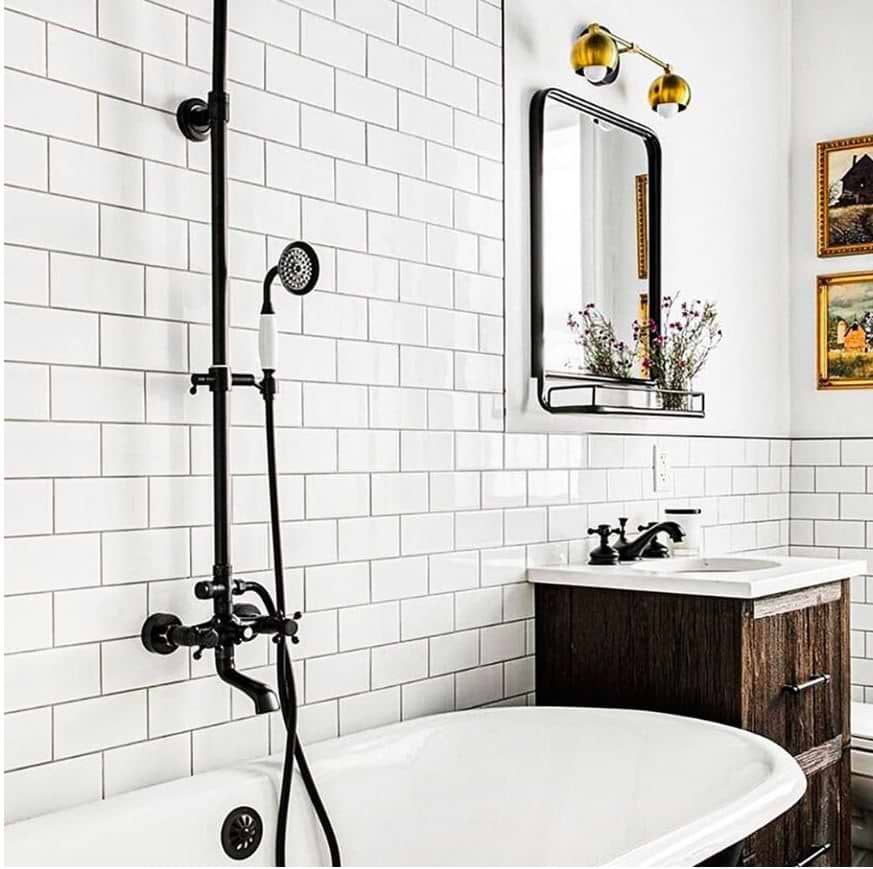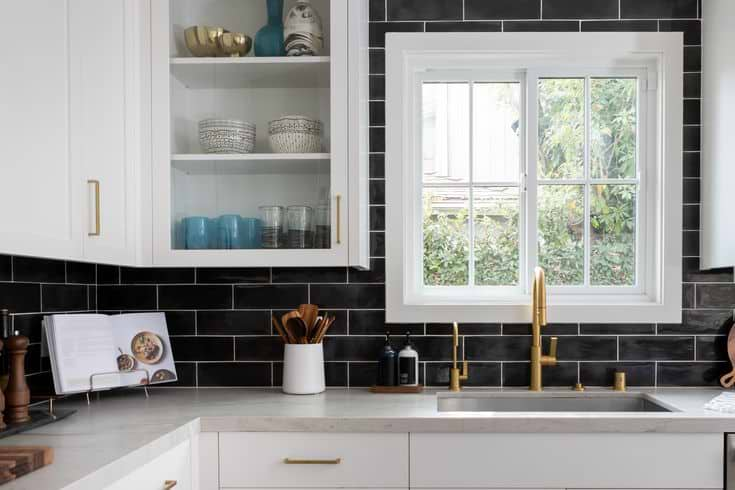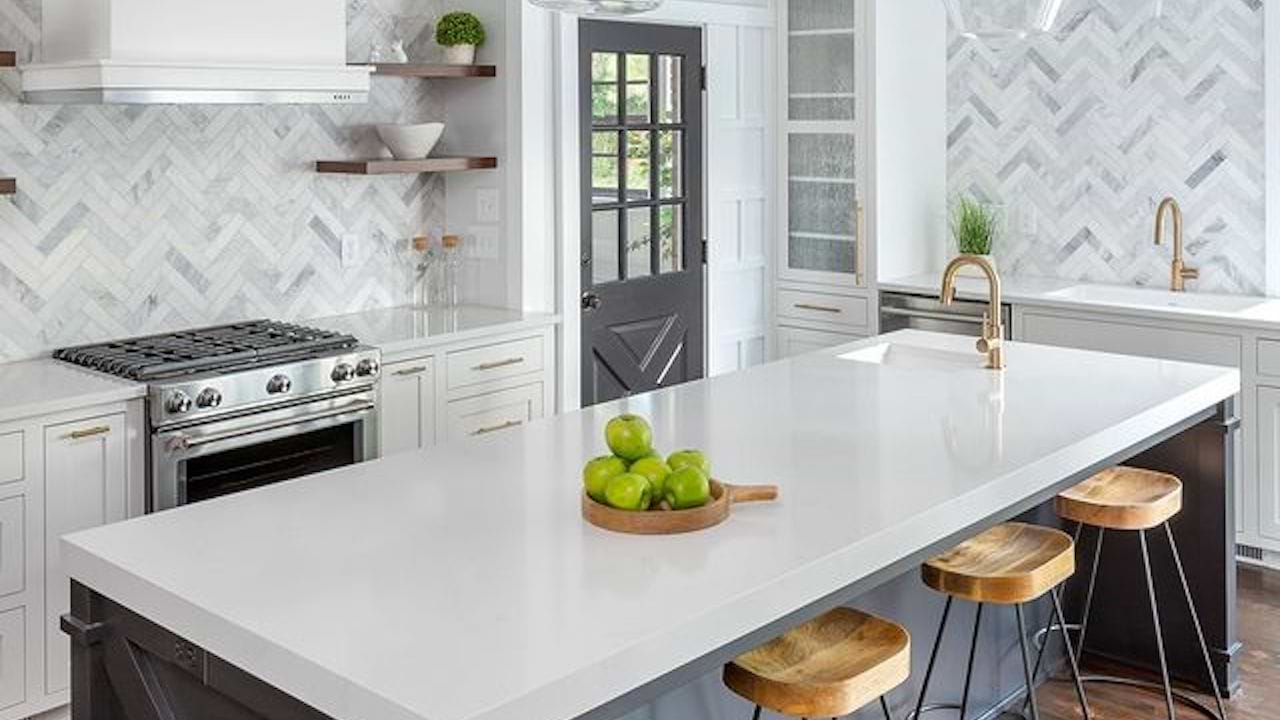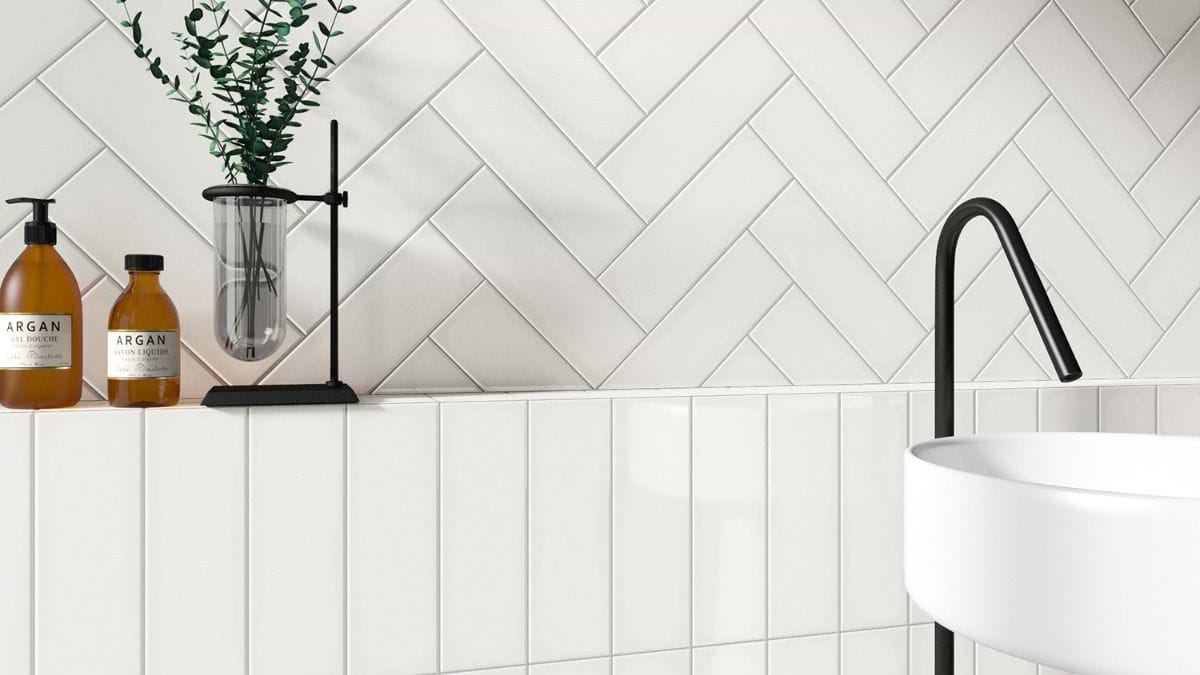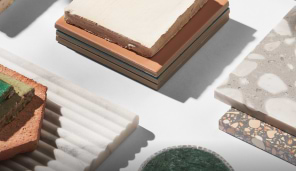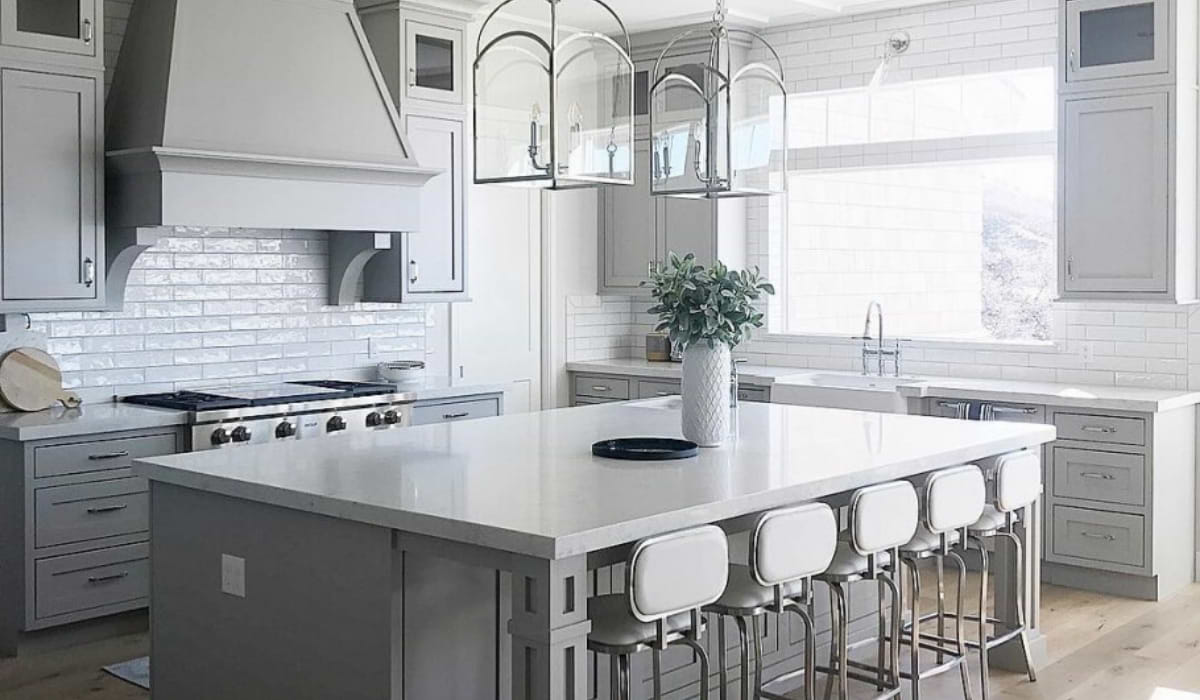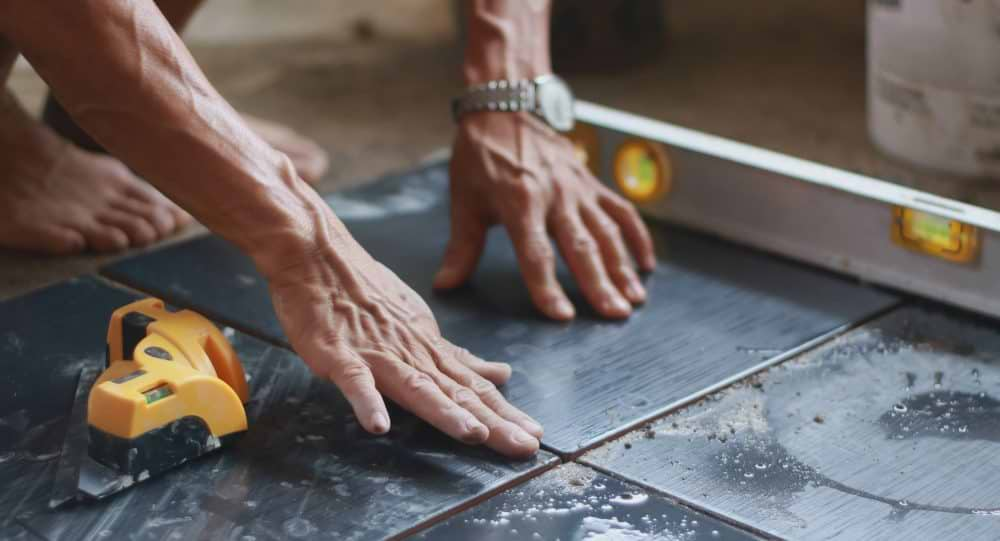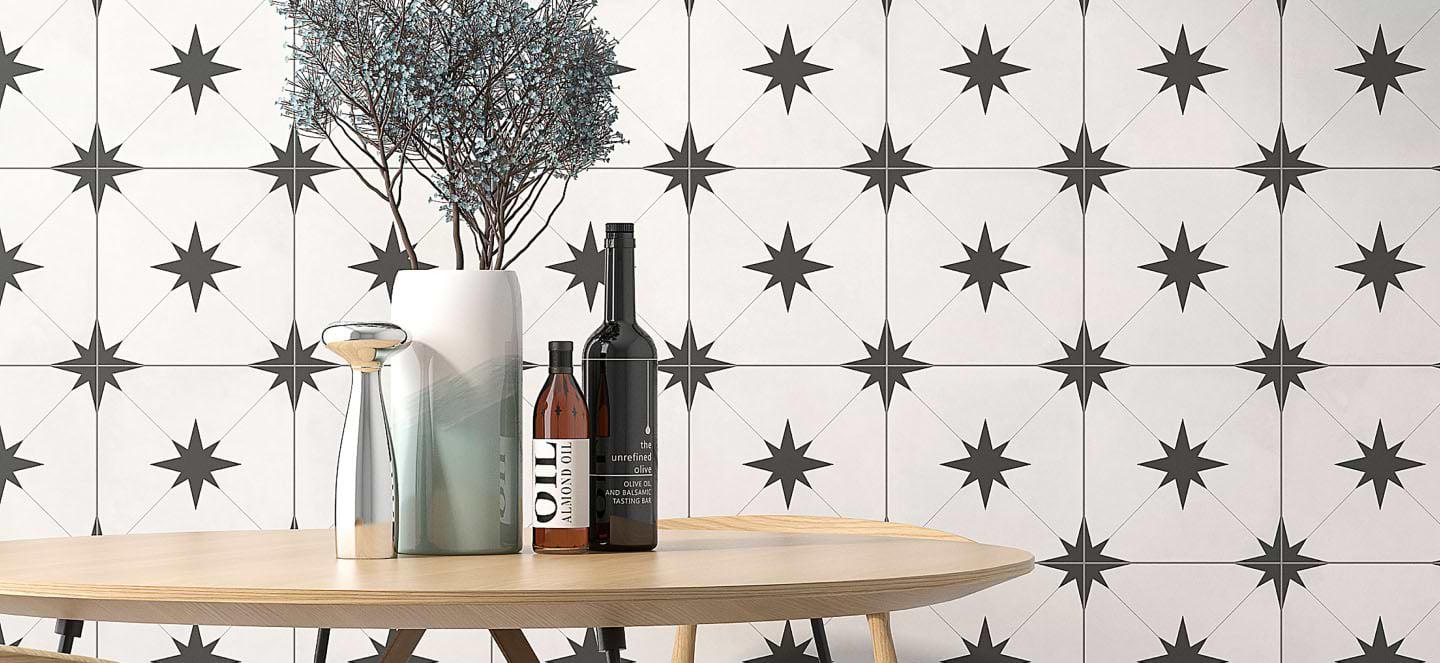6 Patterns You Can Create Using Subway Tile
When it comes to subway tile, did you know that there are myriad patterns that you can make? Most of the time, people seem to forget that you can think outside-of-the-box with this classic tile types.
We’re here to offer a friendly reminder that it’s important to consider all the available lay options to find one that works the best for your design. Since the key to a stand-out design is shaking things up and subway tile can do just that.
Here are the top 6 lay patterns that should be on your mind next time you start a design project:
Off-Set

Off-set is the most traditional style for subway tile. It mimics the classic brick lay pattern. It is linear, but off-center, giving it a bit of edge.
How it’s achieved: Lay one row of tile and then follow suit with off-setting the next row so that the corner of the tile below sits at the center-point of the one above.
Where it’s popular: Walls in the kitchen or bathroom.
Traditional Stacked
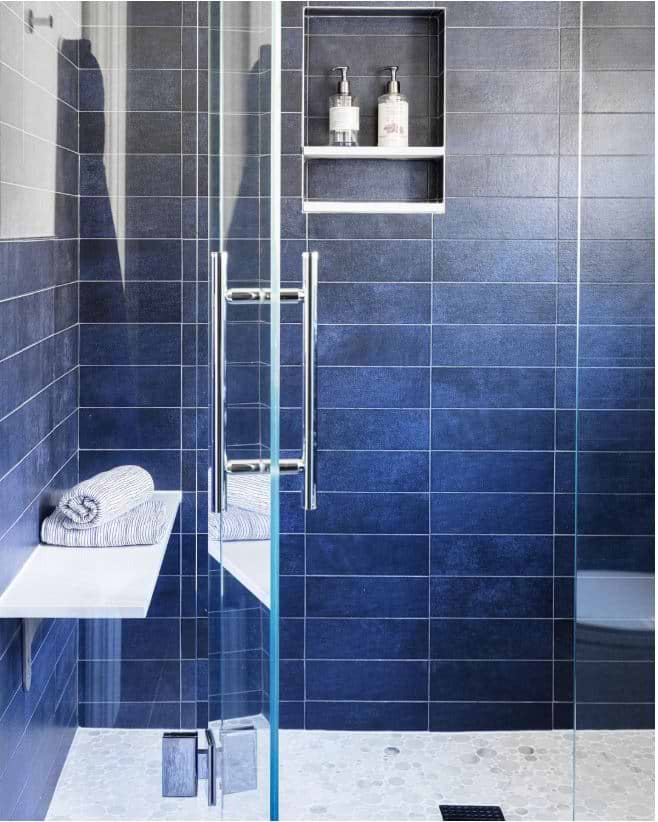
Traditional stacked is a modern pattern that creates a grid-type appearance with tiles being laid one atop the other.
How it’s achieved: Evenly lining up the subway tile to be “stacked” one on top of the other.
Where it’s popular: Kitchen backsplashes or shower walls.
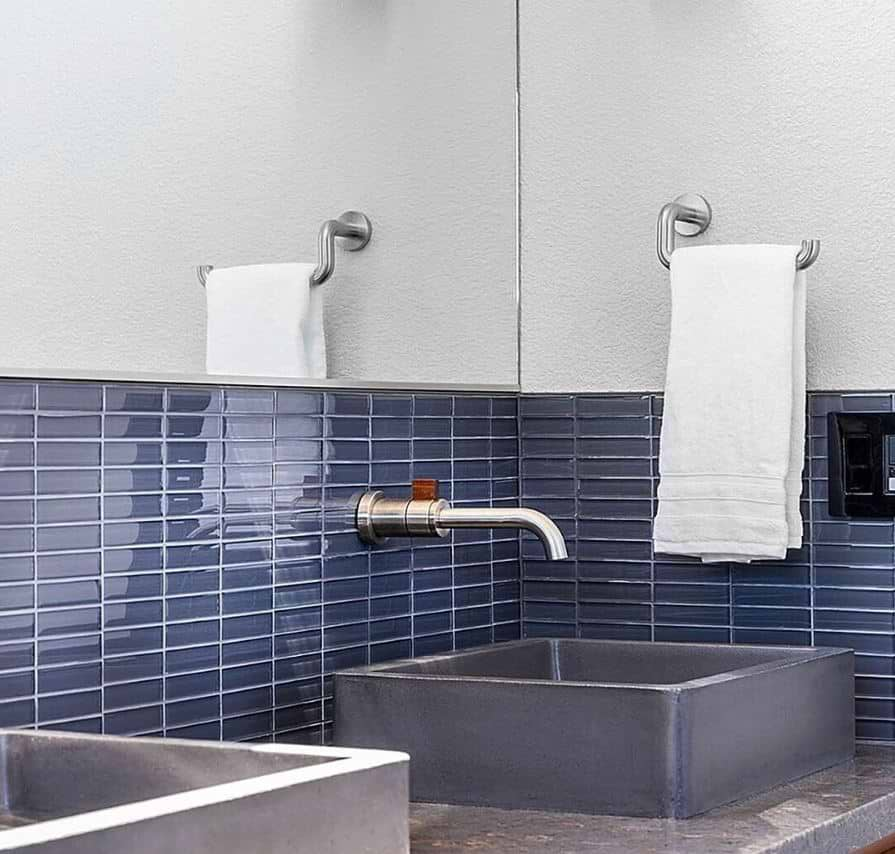
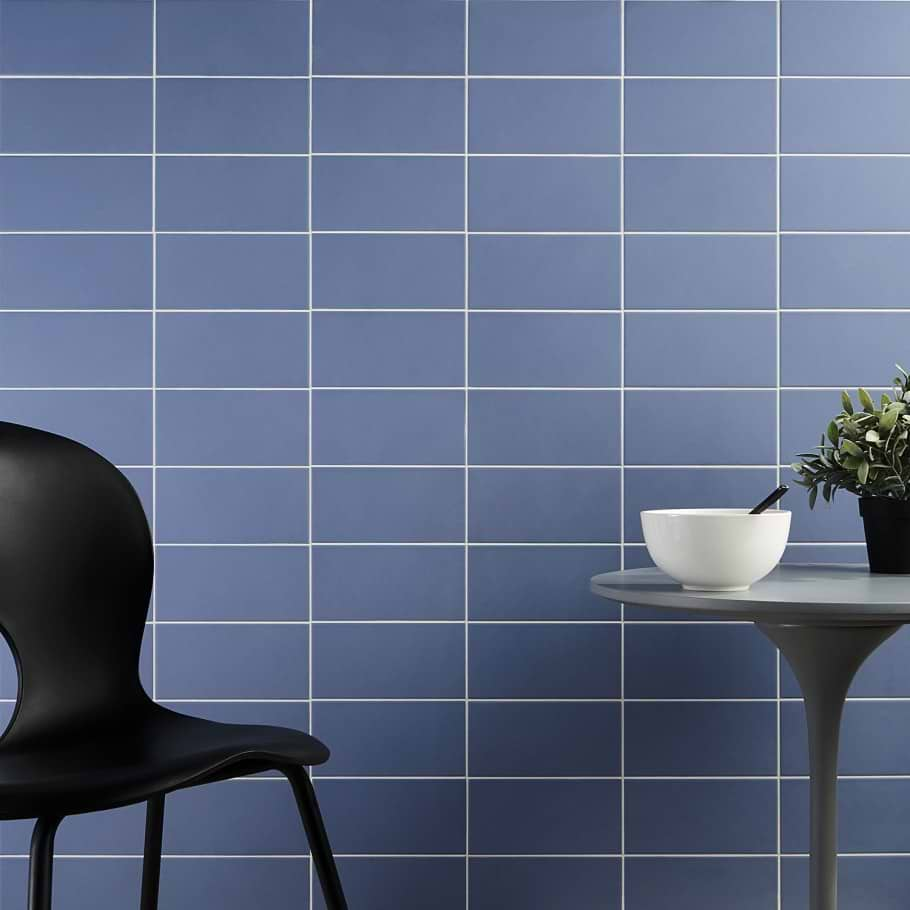

Vertically Stacked

Take the traditional stacked design and flip it length-wise. Vertically stacked tile gives a bit of a twist with its unique look.
How it’s achieved: Stacking subway tile length-wise atop one another.
Where it’s popular: Backsplash.
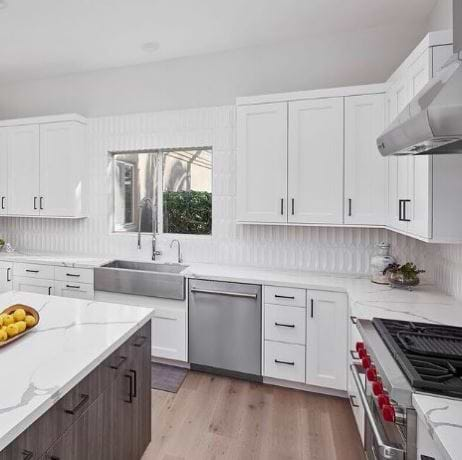
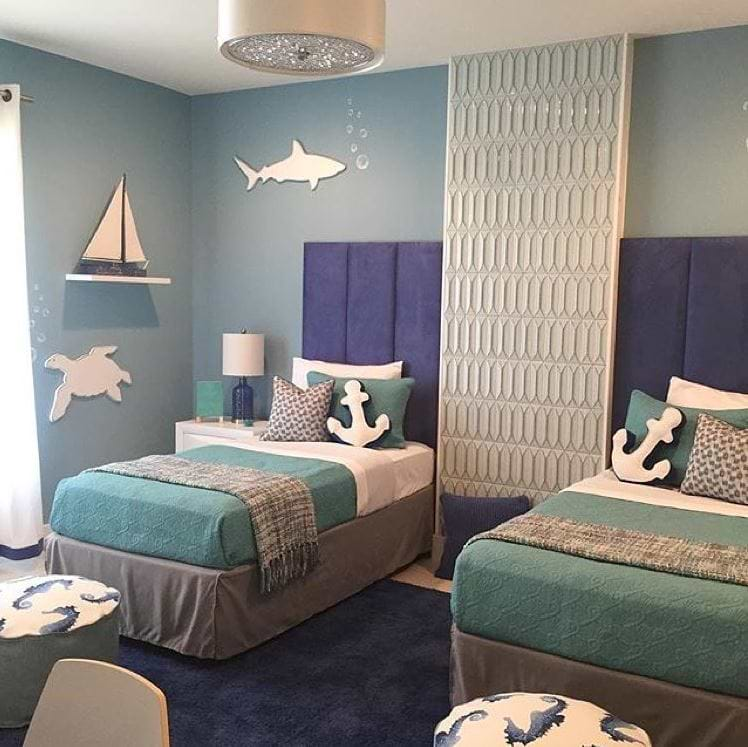
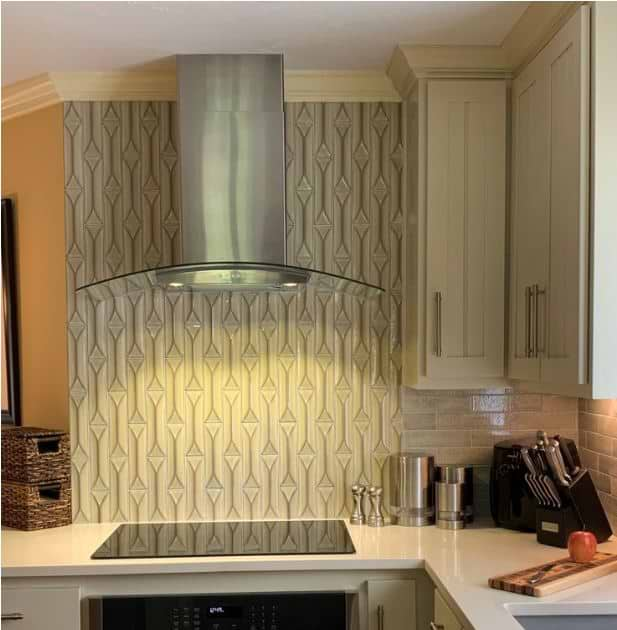
Herringbone

Herringbone mimics the look of the herring fish. It looks close to arrows repeating. A simple twist on subway tile to create a striking look.
How it’s achieved: Made of V-Shaped rows of tile in alternating 45-degree angles.
Where it’s popular: Backsplashes and floors.


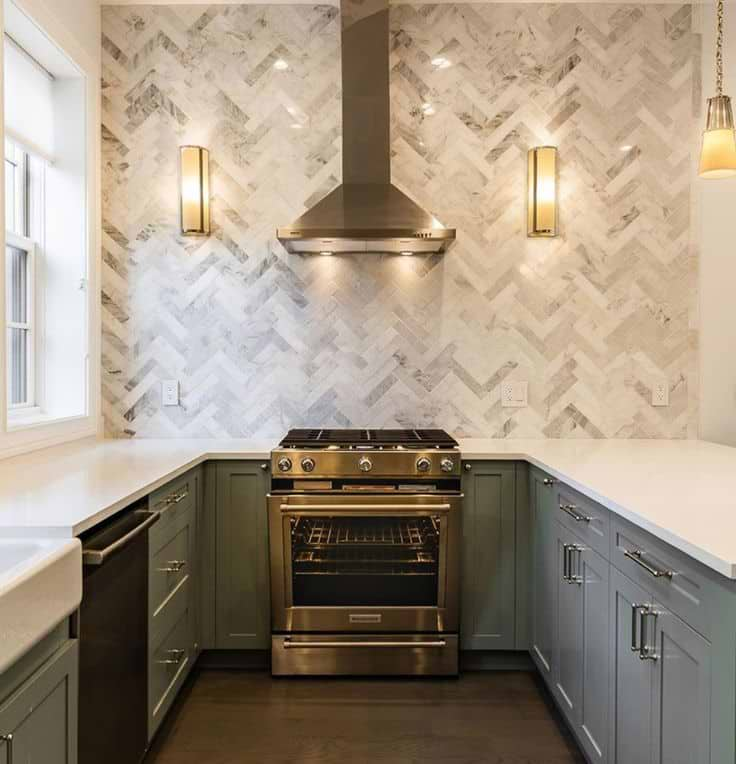
Basket-Weave

One of the most aesthetically pleasing, but challenging patterns on this list is the basket weave. It creates an interlocking design that captivates.
How it’s achieved: A bit more labor intensive, it requires laying pattern in repeating groups of alternating patterns.
Where it’s popular: Floors.
Diagonal
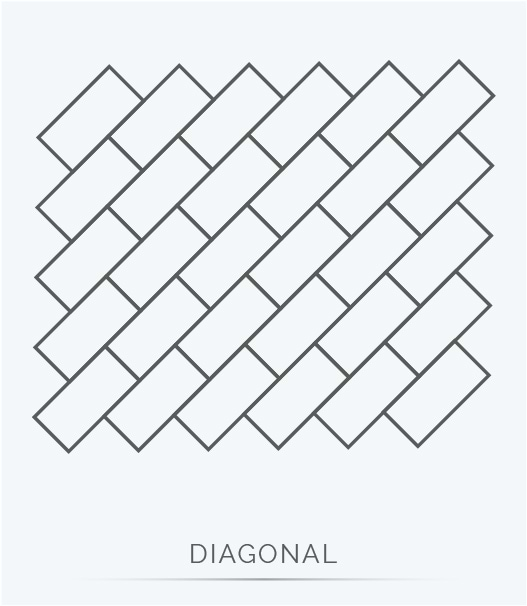
A simple way to achieve a more unique subway tile design is with a diagonal lay pattern. You can alternate the rows to create an opposing look or have the rows all line in the same way for a stripe appearance.
How it’s achieved: Laying the tile at a 45-degree angle and making the rows go in a parallel way.
Where it’s popular: Floors or accent walls.
Hopefully this sparked a newfound love of subway tile for you. Comment below and let us know which is your favorite, we’d love to hear!

